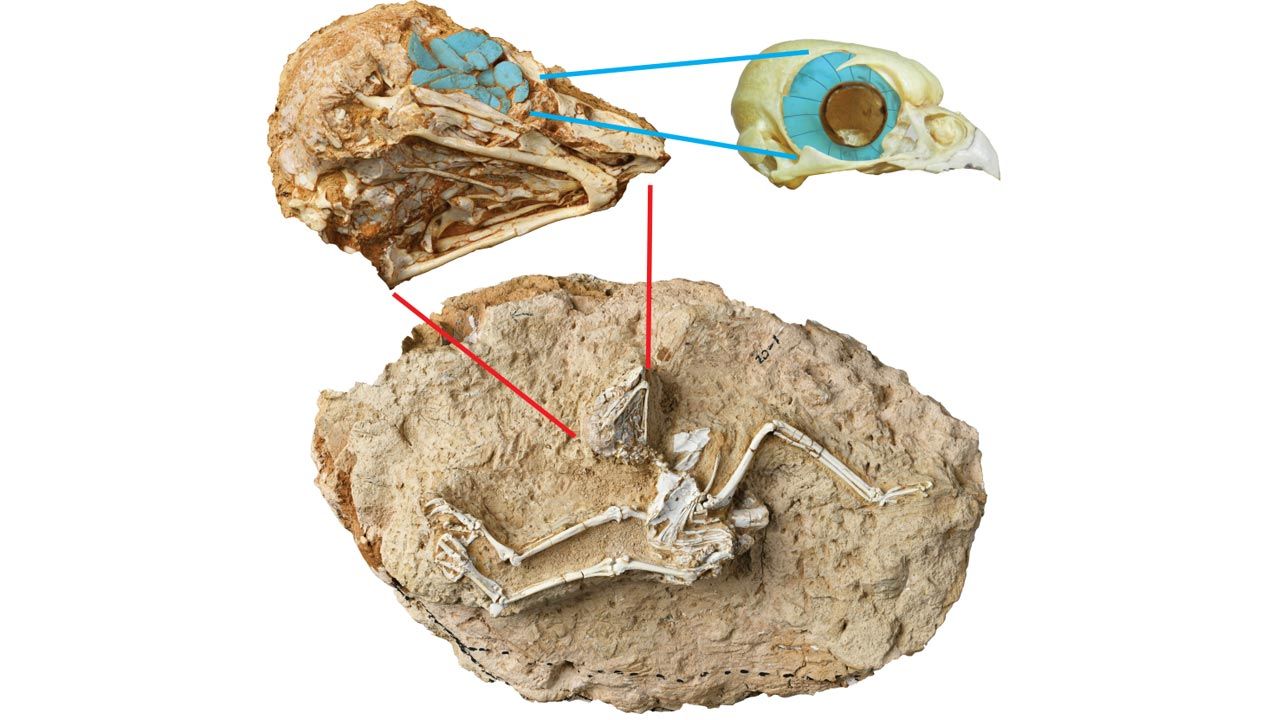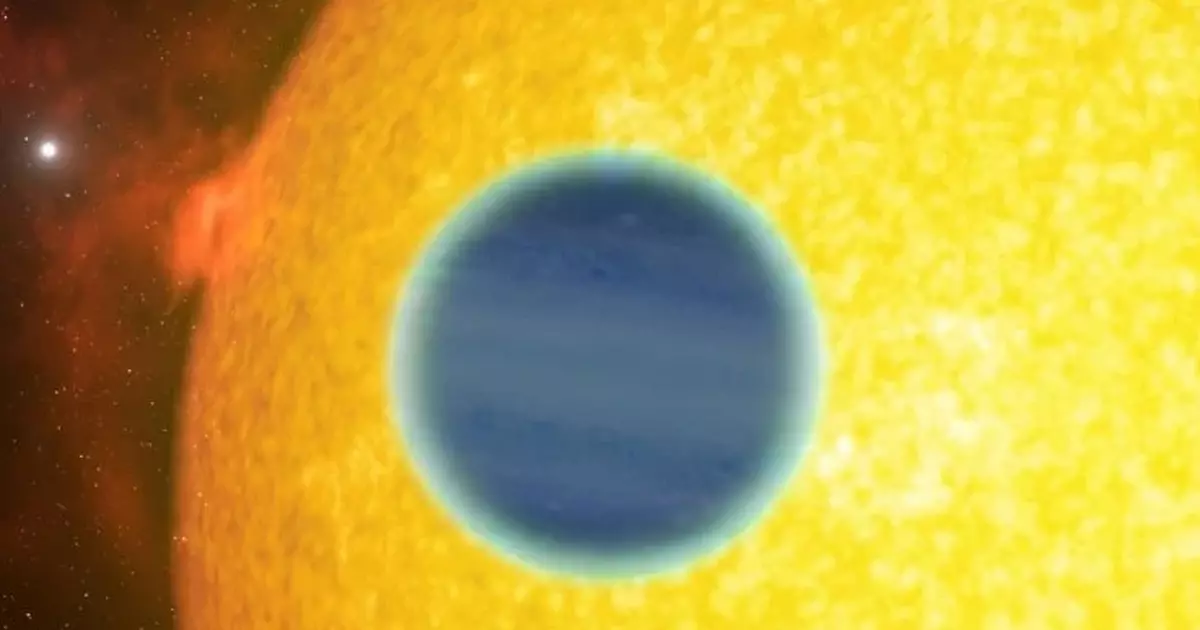First, it should be noted that the Earth’s core is not homogeneous and consists of two parts – the outer part, which is liquid, and the inner part, which is solid. The upper boundary of the outer core begins about 2,900 kilometers below the Earth’s surface, so deep that humans will probably never be able to drill down to this place. The main research method when it comes to the Earth’s interior is observing the propagation of seismic waves.
Read also: How was the earth created? Early life was not pleasant at all
It turns out that simulations using machine learning can also help us with investing. This method was used by Chinese scientists in cooperation with experts from the University of Texas at Austin. In the pages Proceedings of the National Academy of Sciences They published an article in which they proved that there are dynamic movements of atoms in the Earth’s inner core.
Why is this so strange? First of all, until now it was believed that the center of the Earth consisted of a huge ball of iron, inside which no changes occurred. Aside from iron, the core likely contains trace amounts of other metals, but these may not have a significant effect on the mobility within the structure.
Movements in the Earth’s core explain why it is so elastic and soft, even though it shouldn’t be
Geophysicists from Spain and Sweden have proven that the core is not one large piece of iron. Also in Their article appeared on PNASThey wrote that the Earth’s inner core is not a single iron crystal, but rather a multi-crystalline structure in a regular cubic system, where some crystals are oriented along the Earth’s axis.
Read also: And very nearby, astronomers have discovered an Earth-sized planet. It is made entirely of iron
Previous knowledge about the core also indicates that it has a high Poisson’s ratio, which corresponds to the ratio of transverse strain to longitudinal strain in a uniaxial stress state. It manifests itself in an unusual and relatively soft plastic structure of the core. But we wouldn’t expect it at a depth of several thousand kilometers under incredibly huge pressure, would we?
It turns out that all of this is related to the presence of a collective movement of iron atoms. The Chinese-American team tested the velocities of longitudinal and transverse waves of a sample of iron packed in hexagonal shapes (contrary to what was previously reported by the aforementioned geophysicists from Europe), on which shock experiments were conducted. On site. The temperature and speed results were then fed into the machine model.
Read also: Unexplained things happen underground. There is twice the amount of a given ingredient
The simulations showed a movement in which atoms jump to new positions, pushing neighboring atoms to other locations. It’s a bit like moving an entire row of guests at the table one seat further away because someone wants to sit off to the side.
Read also: The Earth’s third pole controls almost the entire world. Only now are we hearing about how important it is
Scientists primarily wanted to explain the seismic observations that demonstrate the specific “softness” and plasticity of the inner core. The assumption that there is some movement within the structure itself seems to be quite correct. This knowledge will not only complement what is already known about the Earth’s structure, but will also bring us closer to explaining the relationship between the two parts of the nucleus and the formation of the magnetic field. As we know, a magnetic field is a necessary condition for a planet to be habitable.

Echo Richards embodies a personality that is a delightful contradiction: a humble musicaholic who never brags about her expansive knowledge of both classic and contemporary tunes. Infuriatingly modest, one would never know from a mere conversation how deeply entrenched she is in the world of music. This passion seamlessly translates into her problem-solving skills, with Echo often drawing inspiration from melodies and rhythms. A voracious reader, she dives deep into literature, using stories to influence her own hardcore writing. Her spirited advocacy for alcohol isn’t about mere indulgence, but about celebrating life’s poignant moments.








